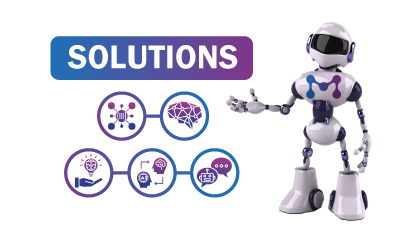Are You Ready to Enter the World of Business intelligent?
DatuMind experts are ready to answer any questions in your mind about Generative AI and its applications.
Generative AI is widely adopted in many companies through applications like ChatGPT, GitHub Copilot, Duolingo, Jasper, Grammarly, and many more.
Multimodal LLMs are AI models capable of processing and understanding various types of data, such as text, images, and audio. These models improve human-machine interaction, allowing for more advanced and effective applications, and enabling communication that closely resembles human interaction.
The main difference is that Chatbot has memory to recall previous conversations and context with the user, making interactions more human-like. In contrast, the Questions Answering Bots answer questions without retaining or recalling previous questions or context.






